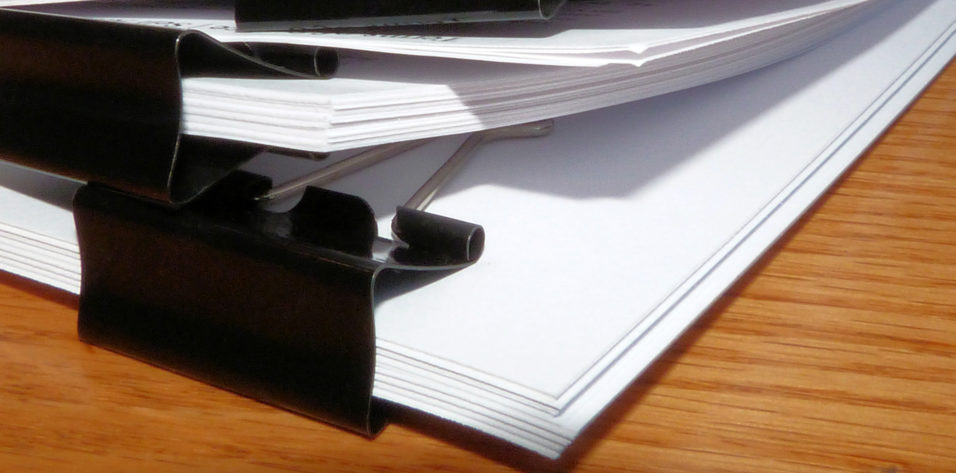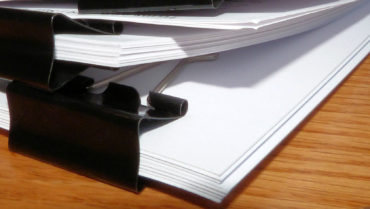We live in a fascinating time for ophthalmology. Medical science advances every day, with basic and clinical investigations developed in laboratories and clinics, information summaries organized in reviews, and interesting case series and reports compiled regularly. All of this translates into hundreds, even thousands, of scientific papers being published daily.
Ophthalmology has an impact on research that is hardly comparable with other areas of medicine, given its societal support. Society wants science to continue preserving and improving the precious sense of sight. Therefore, as eye care providers, we have an ethical and scientific obligation to constantly update our knowledge, with the ultimate purpose of taking care of our patients.
UNDERSTANDING THE LITERATURE
Those just starting to dive into the peer-reviewed literature may question how to best consume and interpret these publications. Below are the methods I use to understand and digest a scientific paper.
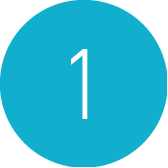
Find your preferred setup. In order to effectively process information mentally, it is key to be comfortable physically. Figure out your preferred format for reading material, whether printed out or read on an electronic device. Next, determine the best time for you to read, be it in your free time or before or after clinic, and decide if setting a specific reading schedule would work for you. Think about other details that may help, such as having water or coffee nearby, playing background music, or setting the right lighting.
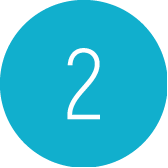
Determine the objective. Once you are properly set up to read, first seek out the objective of the paper. What led the authors to perform their investigation? You might need to explore different sections of the article to determine the objective. Reading the abstract helps, but it is usually not substantial enough. A good title may hint at the objective, but an oriented introduction coupled with a clear description of the research question will help elucidate the purpose of the paper.
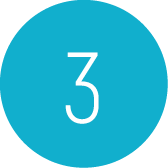
Follow the methods section carefully. Important details that led to the results of the study can be found in the methods section. An appropriate description of the study methodology should be so clear that those reading the paper could reproduce the research themselves.
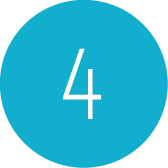
Understand the results. It is important that you actually understand—and not just read—the study results. Some of the most complex information is housed in the results section, appearing in the graphics, figures, tables, statistical analyses, etc. Take time to comprehend the population characteristics and the relevance and meaning of any included statistics. Realize the complete scientific scenario and create your own mental diagram of what resulted from the study. Tables and diagrams are useful in forming an organized idea of the relevant data.
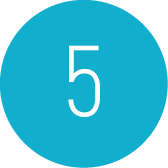
Interpret the conclusion. Next, the study authors will present a discussion based on previous literature, including relevant studies to compare, support, or contrast their own results. All of this will take the paper to a conclusion, which can help you extend your knowledge on the topic and break down the findings that the investigators feel are most relevant.
CONCLUSION
Take care not to miss the limitations of the study. There is no perfect paper, and the responsibility of the authors is to address those limitations for readers to consider. Last but not least, determine if the information you just read has any applicability to your current situation. Not all scientific studies are carried out with the technology you have at hand, with a population comparable to the patients you treat, and with the same available resources. However, you should always try to find something useful to retain.
With these basic tips in mind, you will be able to effectively read a scientific paper and make the most of the information and insights it offers.

